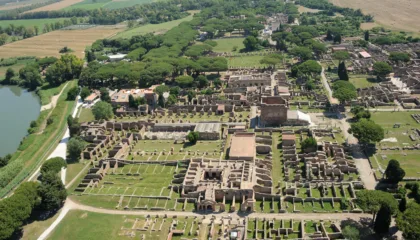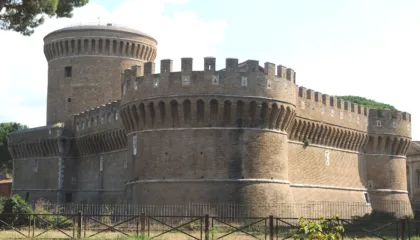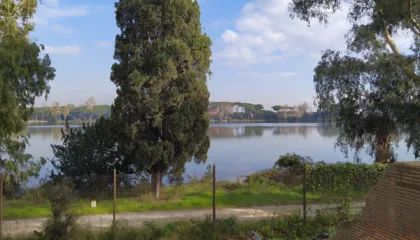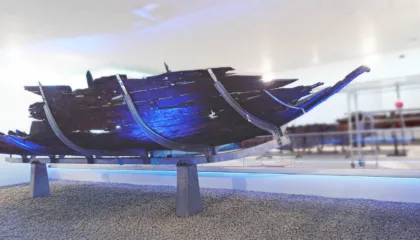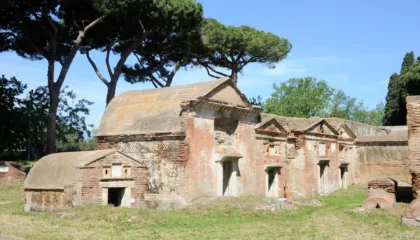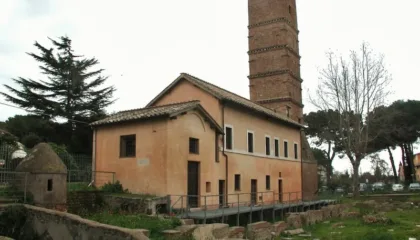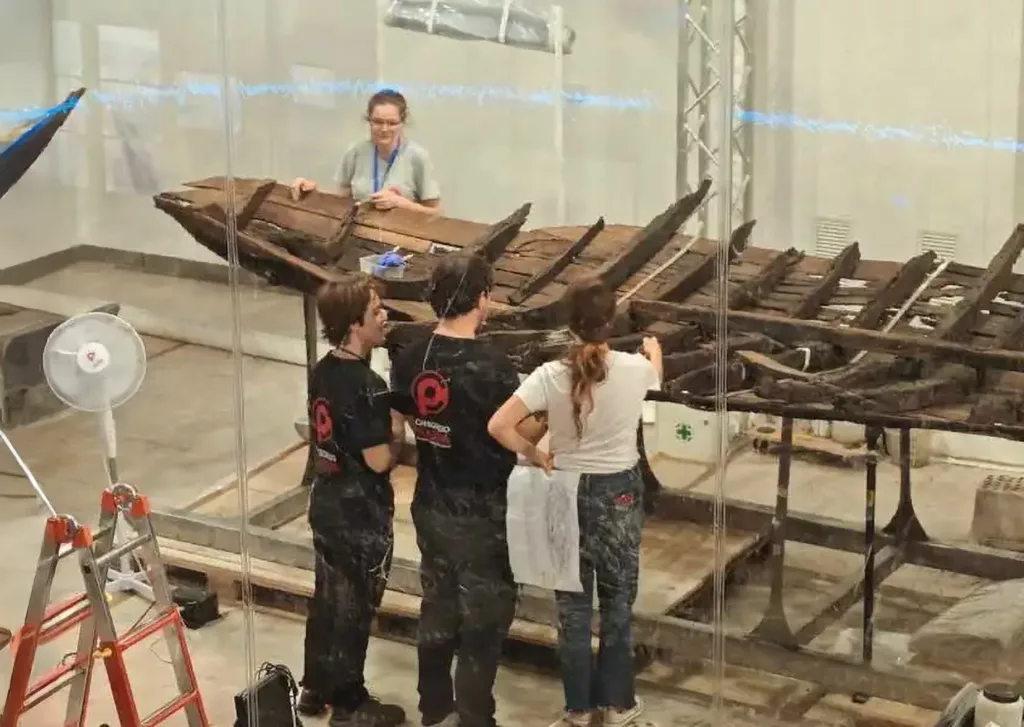The delicate and complex cleaning operation being carried out on the wrecks known as Fiumicino 3, Fiumicino 5, Fiumicino 6, and Fiumicino 7 (the latter concerning two portions of planking), performed using low environmental impact green solvent mixtures specifically formulated for restoration, allows the removal of previously applied substances from the wooden surfaces during various past “maintenance” interventions. This cleaning highlights the anatomy of the wooden species used in the hull construction. The removal of restoration products, originally applied to consolidate the wood, on one hand allows appreciation of the material’s original color, and on the other allows the wood to “breathe” again. By freeing the surfaces from these unsuitable substances, a series of data is also being recovered, providing a more accurate and in-depth understanding of the construction techniques.
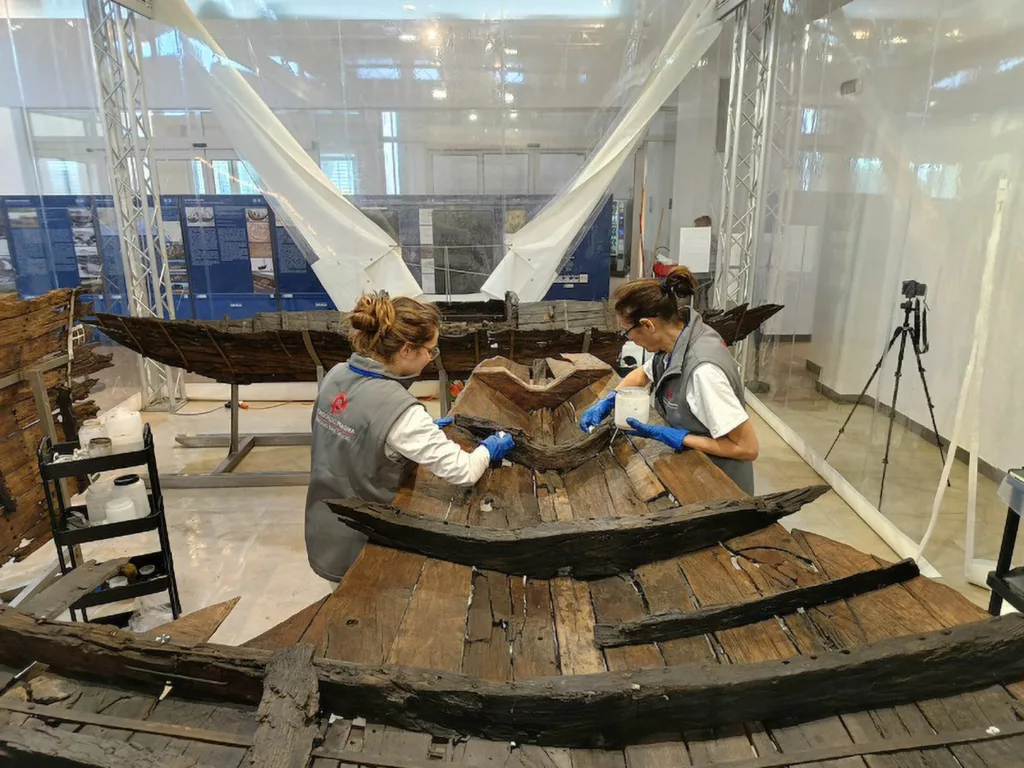
Focus on the Fiumicino 5 Wreck
The cleaning of the Fiumicino 5 boat, also known as the “Fisherman’s Boat“, has made it possible to appreciate some characteristics of the wood species used — first and foremost the coloration of the original cypress planking, which appears light ochre in color, different from the reddish hue of the ancient repair wood in an unidentified conifer. These wood species will be investigated and confirmed through scientific analysis. The same difference is found in the floor timbers of Fiumicino 5, made of juniper wood with light tones, unlike those of all the other boats in the museum, which display a warmer, brown hue due to being made of oak.
After the cleaning intervention, details of the fastening system of the various hull elements become visible: mortises, tenons, dowels, and also nails, which are made of both iron and copper alloy.
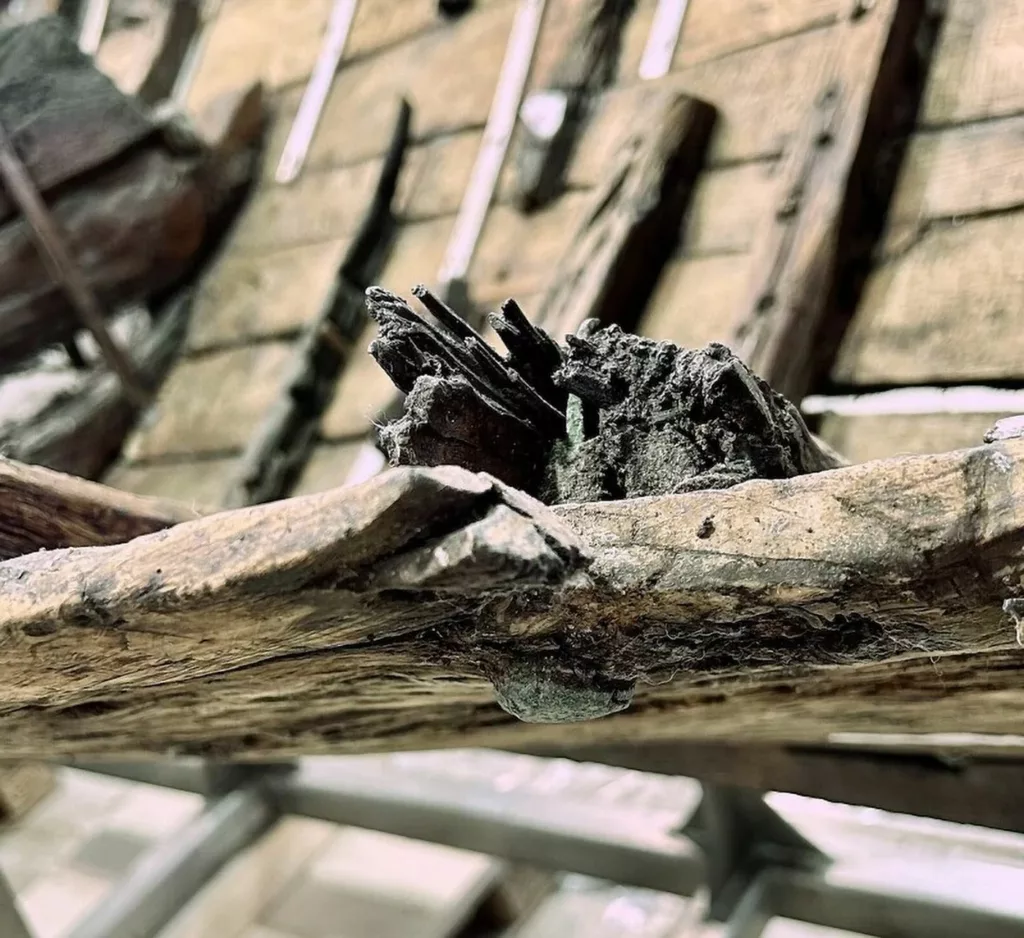
Inside Fiumicino 5 is a live fish tank (vivaio), with a truncated pyramid shape, whose wooden beams are fixed to the planking using copper alloy nails driven from the outside in. Typically, copper parts also served an anti-fouling function, protecting the hull from algae colonization.
On the outer planking of Fiumicino 5, clear signs of ancient colonization by marine wood-boring organisms known as shipworms (Teredo Navalis) are visible — mollusks capable of boring into wood, leaving behind holes and extensive tunnels.
The cleaning of the boats is carried out using low-impact green solvent mixtures applied via a supporting gel; the poultice is then protected with transparent film and left to act for 10 to 20 minutes, depending on the case.
The images show the photographic sequence of the cleaning stages performed on the inner hull (live tank) of the Fisherman’s Boat.
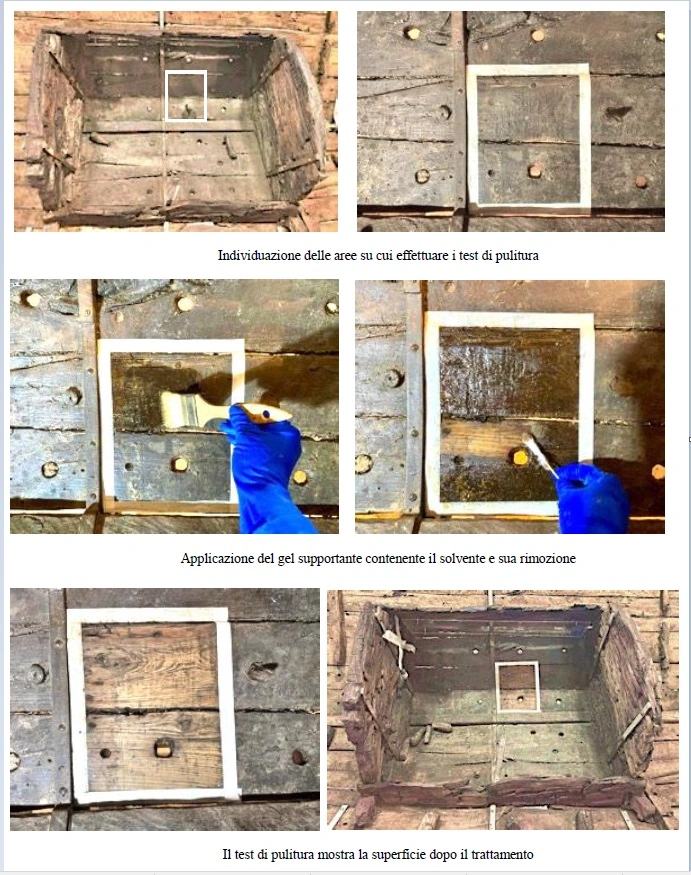
The restoration work is carried out by the Consorzio Pragma, under the technical direction of Maria Labriola and Massimiliano Massera, and the site management of Dr. Tiziana Sòrgoni, scientific director of the Museum of the Ships.
